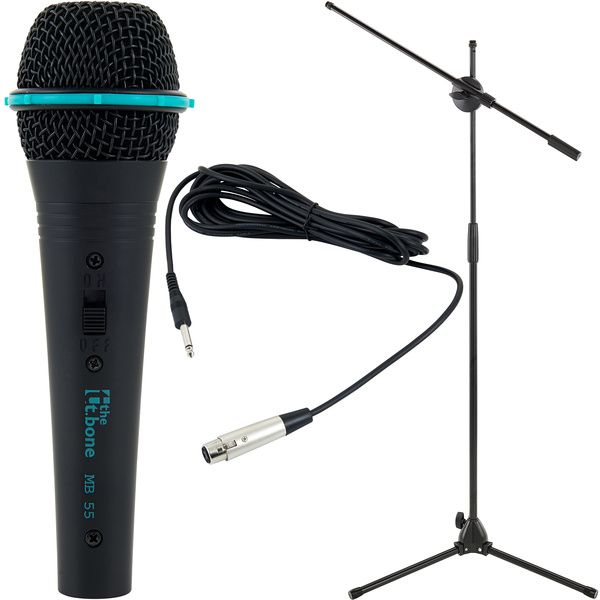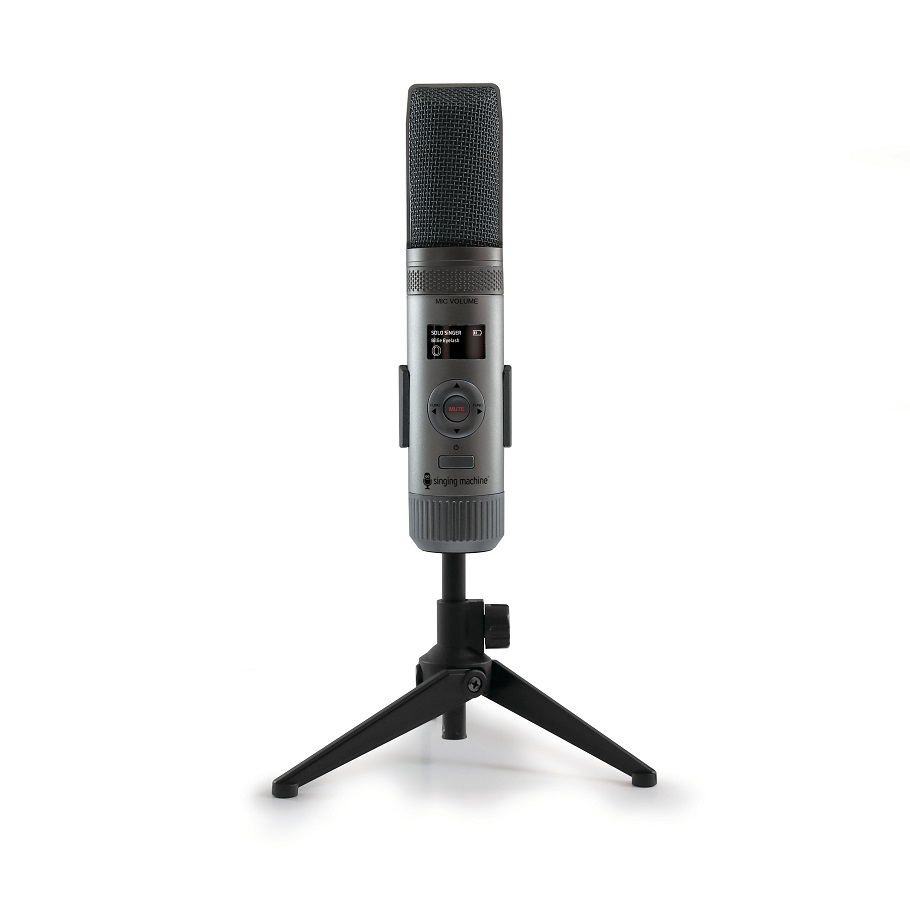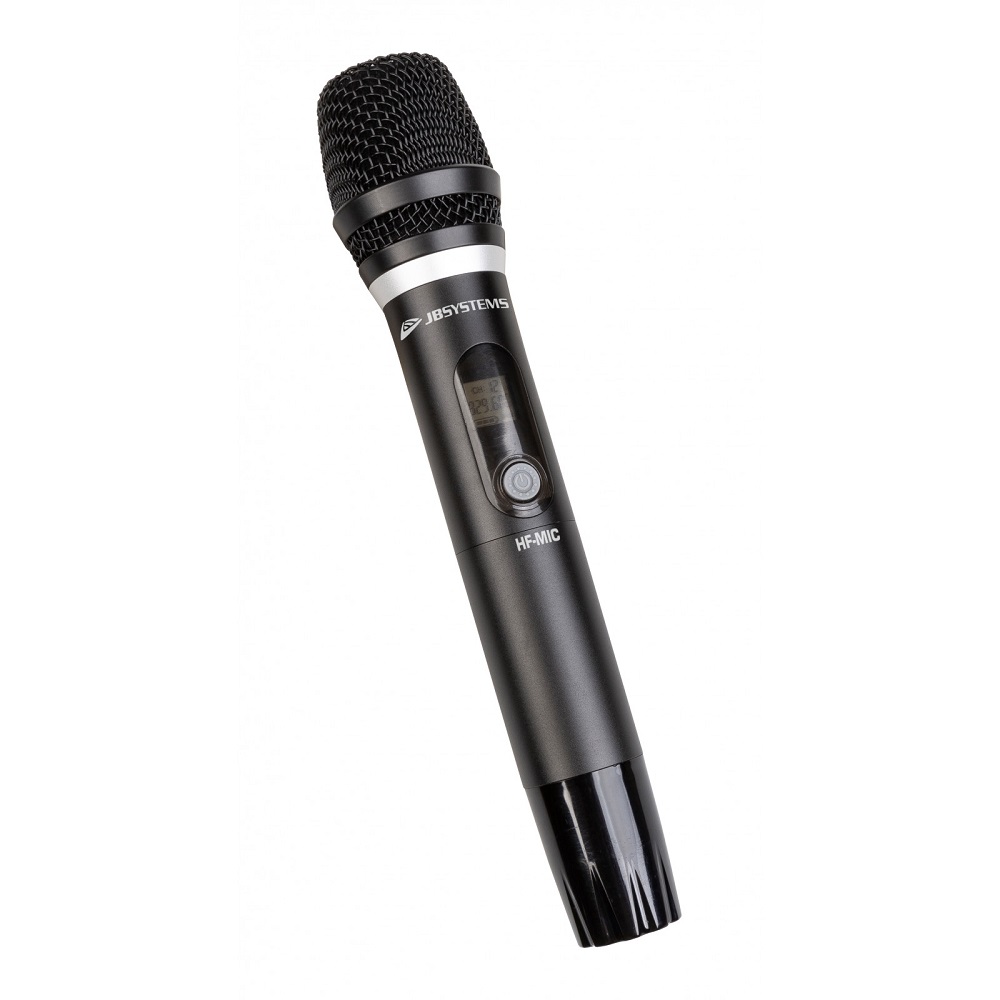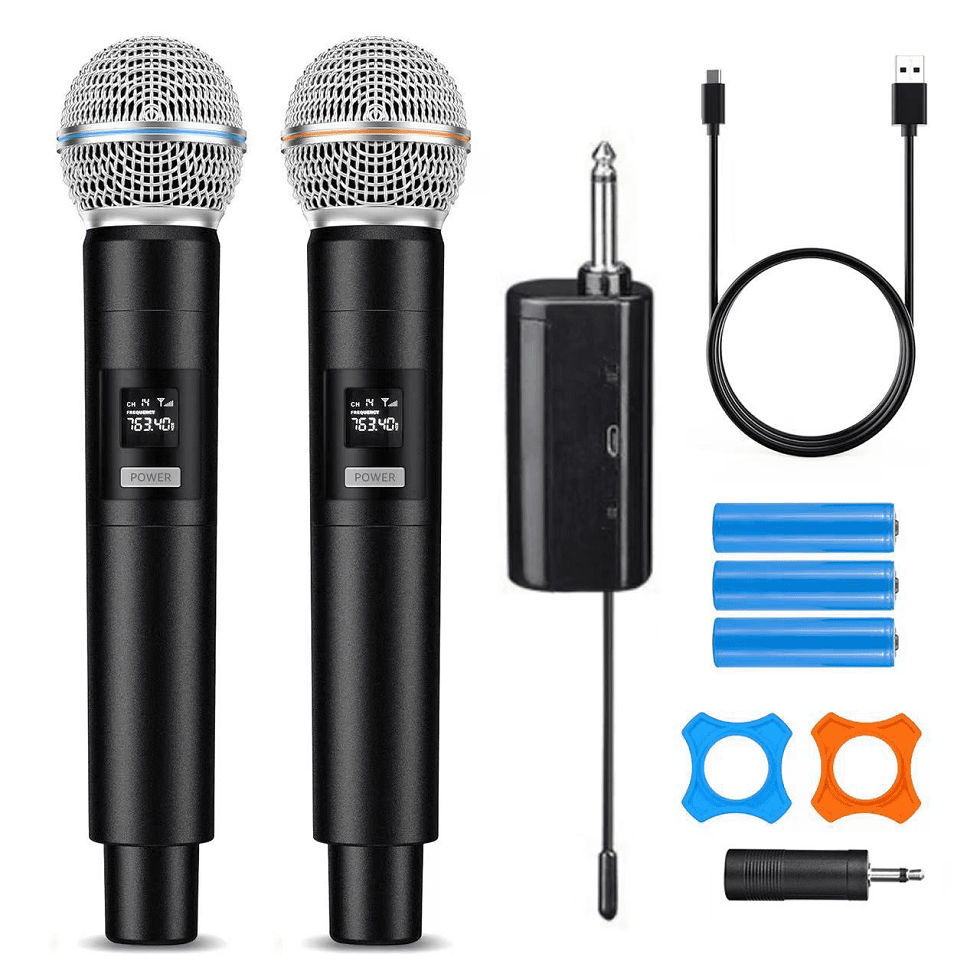introduction
Microphones are essential tools in the world of sound. Whether you are recording music, amplifying voices, or capturing audio for video, a microphone is a key component. It converts sound waves into electrical signals. The versatility of mic has made them popular in numerous fields, including music, broadcasting, and communication. This article will explore the different types of mic, how they work, their applications, and tips for choosing the right one.
The Anatomy of a Microphone
Parts of a Microphone
A microphone consists of several parts. Understanding these parts helps in grasping how microphones work. The main part is the diaphragm. This thin membrane vibrates when sound waves hit it. The vibrations create electrical signals. These signals can then be amplified or recorded.
Next, we have the housing. The housing protects the internal components. It also affects the microphone’s sound quality. Some housings are made of metal, while others use plastic. The materials used can influence durability and sound.
Inside the microphone, you’ll find the transducer. This component converts the vibrations from the diaphragm into electrical energy. There are different types of transducers, including dynamic and condenser. Each type has its benefits and drawbacks.
Another key part is the connector. This part connects the microphone to other audio equipment. Common connectors include XLR and TRS. The choice of connector can affect compatibility with various devices.
How Microphones Work
Understanding how microphones work simplifies the decision-making process. At its core, a microphone captures sound waves. Sound waves are changes in air pressure. When someone speaks or plays an instrument, they create these waves. The microphone’s diaphragm picks up these waves. As the diaphragm moves, it generates an electrical signal.
Different types of microphones use varying technologies to capture sound. For example, dynamic mic use electromagnetic induction. They have a coil attached to the diaphragm. When the diaphragm moves, it causes the coil to move within a magnetic field. This movement generates an electrical signal.
Condenser mic, on the other hand, use a different principle. They have a diaphragm placed near a backplate. This diaphragm creates capacitance changes when sound waves hit it. These changes are then converted into electrical signals. Condenser microphones are known for their sensitivity and fidelity.
Types of Microphones
Dynamic Microphones
Dynamic microphones are robust and versatile. They are popular in live sound situations. Their durability makes them ideal for concerts and events. These microphones can handle high sound pressure levels without distortion. This characteristic allows them to pick up loud sounds, like drums and amplified instruments.
Dynamic microphones have a relatively simple design. They consist of a diaphragm, a coil, and a magnet. This simplicity contributes to their reliability. They do not require external power, making them easy to use.
However, dynamic microphones may struggle with capturing subtle details. They are not as sensitive as condenser microphones. This limitation makes them less suitable for studio recording, where nuance is crucial.
Condenser Microphones
Condenser microphones are highly sensitive. They excel in studio environments where sound quality matters. They can capture nuances in vocals and instruments, making them favorites among audio engineers. Their design allows for a wider frequency response, which results in detailed recordings.
These microphones require external power, usually from a battery or phantom power from a mixing console. This added complexity may be a drawback for some users. However, the sound quality they deliver often outweighs this concern.
Condenser microphones come in various sizes and shapes. Small diaphragm condensers are great for capturing high frequencies. Large diaphragm condensers are better for vocals and low frequencies. Users can choose based on their specific needs.
Ribbon Microphones
Ribbon microphones offer unique sound characteristics. They are known for their warm, natural tone. Musicians and sound engineers often use them for recording vocals and instruments. Ribbon microphones contain a thin metal ribbon that vibrates to create sound waves.
One of the main advantages is their smooth frequency response. They excel at capturing mid-range and high frequencies. However, they are delicate and require careful handling. They can be susceptible to high sound pressure levels, which may damage them.
Ribbon microphones require a specific type of preamp. They typically have a lower output than dynamic and condenser microphones. This factor makes pre-amps necessary for optimal performance. Despite these challenges, ribbon microphones remain popular for their unique sound.
Applications of Microphones
Live Sound
Microphones are crucial in live sound settings. Musicians rely on them during performances. They amplify vocals and instruments to reach audiences. Dynamic microphones are often preferred for live situations due to their durability. They can withstand the rigors of touring and frequent use.
Sound engineers must choose the right microphone for various instruments. For instance, vocalists generally use handheld dynamic microphones. In contrast, other instruments might benefit from condensers or specialized mics. Drum kits often use dynamic mics for their ability to handle high volume.
Wireless microphones have become increasingly popular. They offer freedom of movement during performances. However, they also come with challenges, like battery life and signal interference. Performers must be mindful of these factors.
Studio Recording
In studios, the choice of microphone can make or break a recording. Audio engineers often use condenser microphones for vocals. They help capture every detail and nuance. Musicians also use them for acoustic instruments, such as guitars and pianos.
Dynamic microphones still play a role in studio recording. They are often used for louder sources like electric guitars and drums. Engineers evaluate each situation to determine the best microphone for the task.
When recording, placement of the microphone matters significantly. Distance and angle can change the sound captured. Engineers experiment with different setups to achieve the desired tone and clarity.
Broadcasting and Communication
Microphones are vital in broadcasting environments. Radio stations and television studios rely on them to transmit sound. News anchors and radio hosts use high-quality microphones to deliver clear audio.
In this setting, condenser microphones are common. They provide detailed sound, which is crucial for audiences. However, dynamic microphones still find use in various broadcasting scenarios.
Public speaking events also rely heavily on microphones. Speakers often use handheld or lapel microphones for ease of movement. The ability to amplify the voice is essential for larger venues.
Choosing the Right Microphone
Understanding Your Needs
Choosing the right microphone can be daunting. First, consider your specific needs. Are you recording music, speaking in public, or broadcasting? Each scenario requires a different type of microphone.
For musicians, the choice may depend on the instrument or vocal style. Vocalists often prefer condensers for studio work but might opt for dynamics in live settings. Guitarists may use a combination depending on the type of recording.
Public speakers need to consider ease of use. Wireless microphones offer flexibility for movement. Handheld microphones are easy to control but can restrict movement.
Budget Considerations
Budget is another important factor in microphone selection. Prices can range from affordable to high-end professional models. Determine how much you are willing to spend before diving into options.
Multiple brands offer microphones at various price points. Entry-level options are available for beginners. As users gain experience, they may wish to invest in higher-quality equipment.
Researching and comparing models within your budget is essential. Read reviews and gather opinions from others. The right microphone is a worthy investment, so take your time.
Researching Brands and Models
Not all microphones are created equal. Different brands offer unique features and capabilities. Researching popular brands can streamline your selection process.
Some well-known brands include Shure, Audio-Technica, and Rode. Each brand has its strengths. Shure is famous for live sound microphones, while Audio-Technica is revered for studio mics.
Once you have a shortlist, dive deeper into each model’s specifications. Compare frequency response, sensitivity, and other factors. This research can help you make an informed decision.
Maintaining Your Microphone
Basic Care
Maintaining your microphone is crucial for longevity and performance. Always handle microphones with care. Avoid dropping them or exposing them to moisture.
Use a pop filter when recording vocals. This tool reduces plosives and prevents moisture from reaching the microphone. Cleaning the microphone is also essential. Use a soft cloth to wipe the exterior and check for dirt accumulation.
Store your microphone in a safe place when not in use. Use a dedicated case if possible. Direct exposure to sunlight or extreme temperatures can damage microphones.
Dealing with Common Issues
Despite best care efforts, microphones can encounter issues. One common problem is a loss of sound. This issue could stem from damaged cables or connectors. Check these components before assuming a microphone has failed.
Another potential issue is distortion or noise. This problem often arises from poor connections or interference. Investigate your setup to identify any potential culprits.
Regularly testing your microphone can help you catch issues early. Create a habit of checking functionality before important events or recordings.
The Future of Microphones
Technological Advancements
Microphone technology has come a long way. Recent advancements have transformed how we capture sound. Digital microphones are becoming more popular due to their ability to connect directly to computers. This feature simplifies the recording process.
Wireless technology has also improved significantly. Innovations in signal transmission reduce interference and enhance audio quality. Newer wireless microphones are more reliable, making them must-haves for live settings.
Smart microphones equipped with voice recognition features are emerging. These devices can interact with digital assistants and perform various tasks. As technology continues to evolve, so will the capabilities of microphones.
Trends in Audio Production
The audio production landscape is changing rapidly. With the rise of home studios, more people are investing in mic. The accessibility of high-quality technology has democratized sound recording. This trend allows aspiring musicians and content creators to produce professional-grade audio from home.
Collaboration has become easier through digital platforms. Musicians can work together from different locations while utilizing microphones for remote recording. This trend has expanded creative possibilities and fostered new artistic styles.
As social media continues to thrive, the demand for high-quality audio increases. Content creators strive for better sound to engage their audiences. This trend fuels the need for versatile and affordable microphone options.
Conclusion
In conclusion, microphones are vital tools in our audio-driven world. Understanding their components, types, and applications is essential for anyone involved in sound. Whether it’s for live performances, studio recordings, or broadcasting, choosing the right microphone impacts the final product.
The advancements in microphone technology create exciting possibilities for the future. As we move forward, we can expect new innovations that enhance audio quality and usability. Whether you are a seasoned professional or a beginner, investing time and effort into understanding mic will lead to better sound experiences. So keep exploring and experimenting with the vast world of mic!



